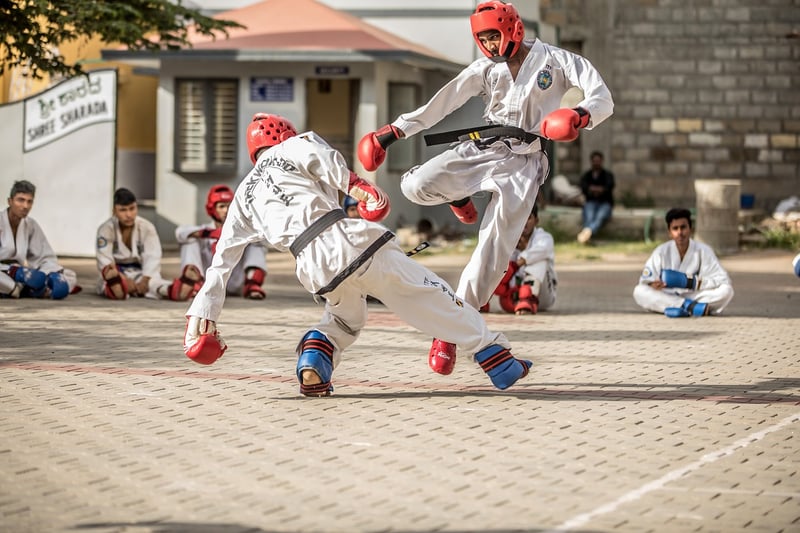Taekwondo Forms
The Power of Self-Defense and Discipline in Taekwondo
Taekwondo is not just a martial art; it is a way of life that instills both self-defense skills and discipline in its practitioners. Through rigorous training and practice, individuals develop the ability to protect themselves while also cultivating mental strength and self-control.
The Importance of Self-Defense
Self-defense is a crucial aspect of Taekwondo training. By learning various blocking, striking, and kicking techniques, students gain the confidence and capability to defend themselves in real-life situations. The practical application of these skills can make a significant difference in ensuring personal safety and security.

The Role of Discipline
Discipline is at the core of Taekwondo practice. Students are taught to respect their instructors, follow a strict training regimen, and adhere to the principles of courtesy, integrity, perseverance, self-control, and indomitable spirit. This discipline extends beyond the dojang (training hall) and influences all aspects of a practitioner's life.
Taekwondo Forms (Poomsae)
One of the essential components of Taekwondo training is the practice of forms, known as poomsae. These choreographed sequences of movements simulate combat scenarios against imaginary opponents and help students improve their technique, balance, focus, and mental fortitude.

Benefits of Taekwondo Forms:
- Enhance muscle memory and coordination
- Improve flexibility and strength
- Develop concentration and mindfulness
- Promote physical fitness and overall well-being
By regularly practicing taekwondo forms, students not only refine their martial arts skills but also cultivate a sense of tradition, discipline, and respect for the art's heritage.
Whether you are seeking to enhance your self-defense abilities, embrace discipline in your life, or master the art of Taekwondo forms, the journey begins with a single step into the dojang, where you will discover a world of physical and mental transformation.
